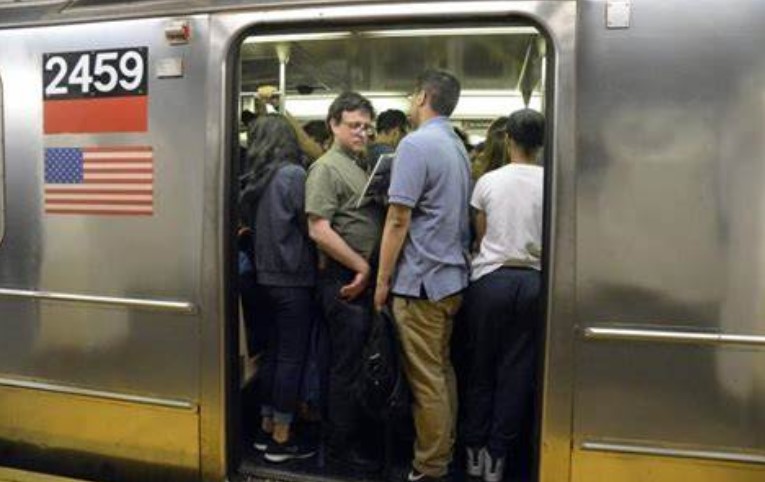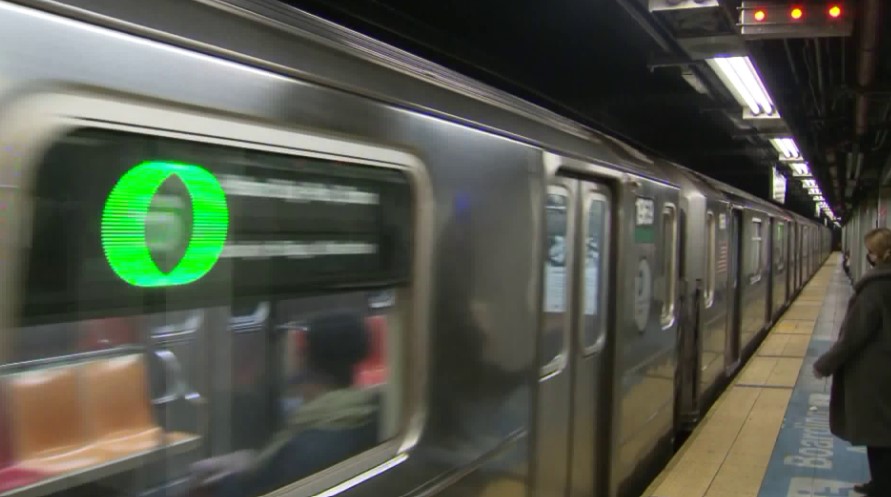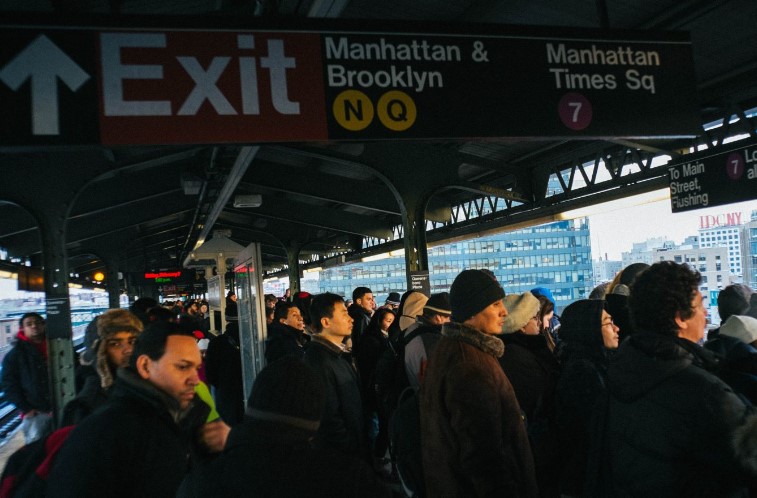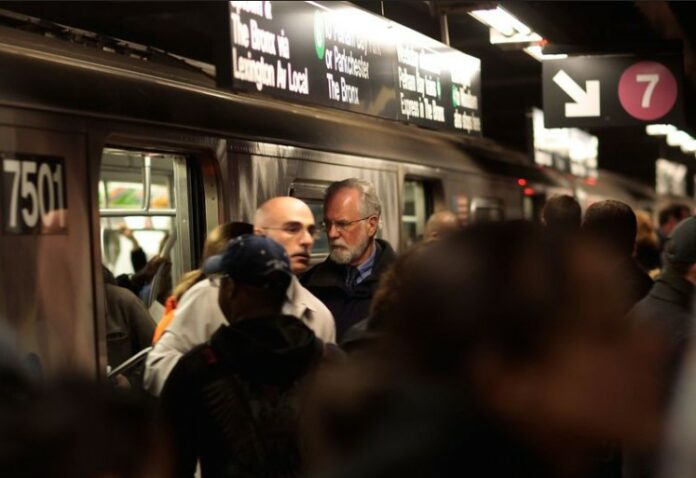In spite of the low number of people using the subways and buses in New York City, the Metropolitan Transportation Authority (MTA) has recently presented a compelling argument for receiving additional funds.
The Metropolitan Transportation Authority (MTA) is accountable for providing public transportation to millions of people on a daily basis, making the agency’s fiscal health an essential component of the city’s economy and the lives of its residents.
In the following paragraphs, we will discuss the motivations behind the MTA’s request for additional funds, the effects of low ridership, and the potential repercussions that could occur if the MTA does not receive the required financial support.
Why the MTA Is Calling For More Funding
There are a few primary reasons why the MTA is requesting an increase in spending. To begin, the COVID-19 pandemic has had a substantial effect on the levels of ridership that are experienced across the MTA’s network.
Because so many people are now working from home, the number of people who commute to work each day has decreased. In addition, as a result of the epidemic, many people have stopped using public transit in order to reduce their risk of contracting the virus.
Because of this, the number of people using the MTA’s services has significantly decreased, which has had a significant impact on the organization’s earnings.
Second, the MTA is experiencing enormous financial difficulties as a direct result of the deterioration of its infrastructure. The majority of the city’s subway and bus systems have been around for decades, and as a result, they are in need of extensive maintenance and modernization.

The Metropolitan Transportation Authority (MTA) predicts that in order to solve these infrastructure challenges and ensure that its network is safe and reliable for years to come, it will require billions of dollars.
Lastly, the Metropolitan Transportation Authority (MTA) is making a request for additional financing in order to assist the introduction of new technology and activities that will improve the experience of customers.
For instance, the Metropolitan Transportation Authority (MTA) is in the process of putting in place a brand new contactless payment system, which will enable consumers to pay for their journeys with their credit cards or cellphones.
In addition, the MTA is now making investments in brand new subway trains and buses that will come outfitted with contemporary conveniences such as Wi-Fi and USB charging connections.
Also Read: Tragic Crown Heights Fire Claims Life Of Former NYPD Officer
The Impact Of Low Ridership
The financial health of the MTA has been significantly harmed as a result of the low ridership levels that have been experienced throughout its network. The Metropolitan Transportation Authority (MTA) has seen a significant drop in revenue as a direct result of the declining number of people using its services.
The MTA relies significantly on fare revenue to sustain its operations. Since the beginning of the pandemic, the MTA has estimated that it has suffered a loss of fare income amounting to billions of dollars.

The consequences of poor ridership are not limited to monetary ones. In addition, the Metropolitan Transportation Authority is concerned about the long-term repercussions of falling ridership levels.
It is possible that if fewer people use public transit, this could lead to increasing congestion on the city’s roads and highways, which will have a severe impact not only on the environment but also on the economy.
In addition, the Metropolitan Transportation Authority (MTA) may have a harder time in the future justifying the requirement for extra spending if ridership levels remain low.
Also Read: Man Shot During Dispute On Manhattan Subway: A closer Look At The Incident
Potential Consequences If The MTA Does Not Receive The Necessary Financial Support
It is possible that citizens’ day-to-day lives and the city’s economy may be significantly impacted if the Metropolitan Transportation Authority (MTA) does not receive the necessary financial assistance.
If appropriate financing is not provided, the Metropolitan Transportation Authority (MTA) may be compelled to make difficult decisions that could lead to decreased service levels, increased fares, or possibly layoffs.
These actions might cause repercussions throughout the city, having an influence not just on businesses but also on commuters and inhabitants.
However, if the MTA is unable to address the problems with its infrastructure, it may result in riders being concerned about their safety.

The MTA has previously been criticised for its outdated infrastructure, and if it does not receive the cash it needs to make the necessary repairs and modifications, it may put riders in danger.
In conclusion, the Metropolitan Transportation Authority (MTA) runs the risk of falling behind other cities who are investing in the modernization of their public transportation networks if it is unable to implement new technology and projects.
This might make New York City less appealing to inhabitants and businesses that rely on public transportation, which in turn could have a detrimental influence on the overall competitiveness of the city.
In conclusion, the Metropolitan Transportation Authority (MTA) is requesting an increase in spending due to the low number of passengers using the subways and buses in

